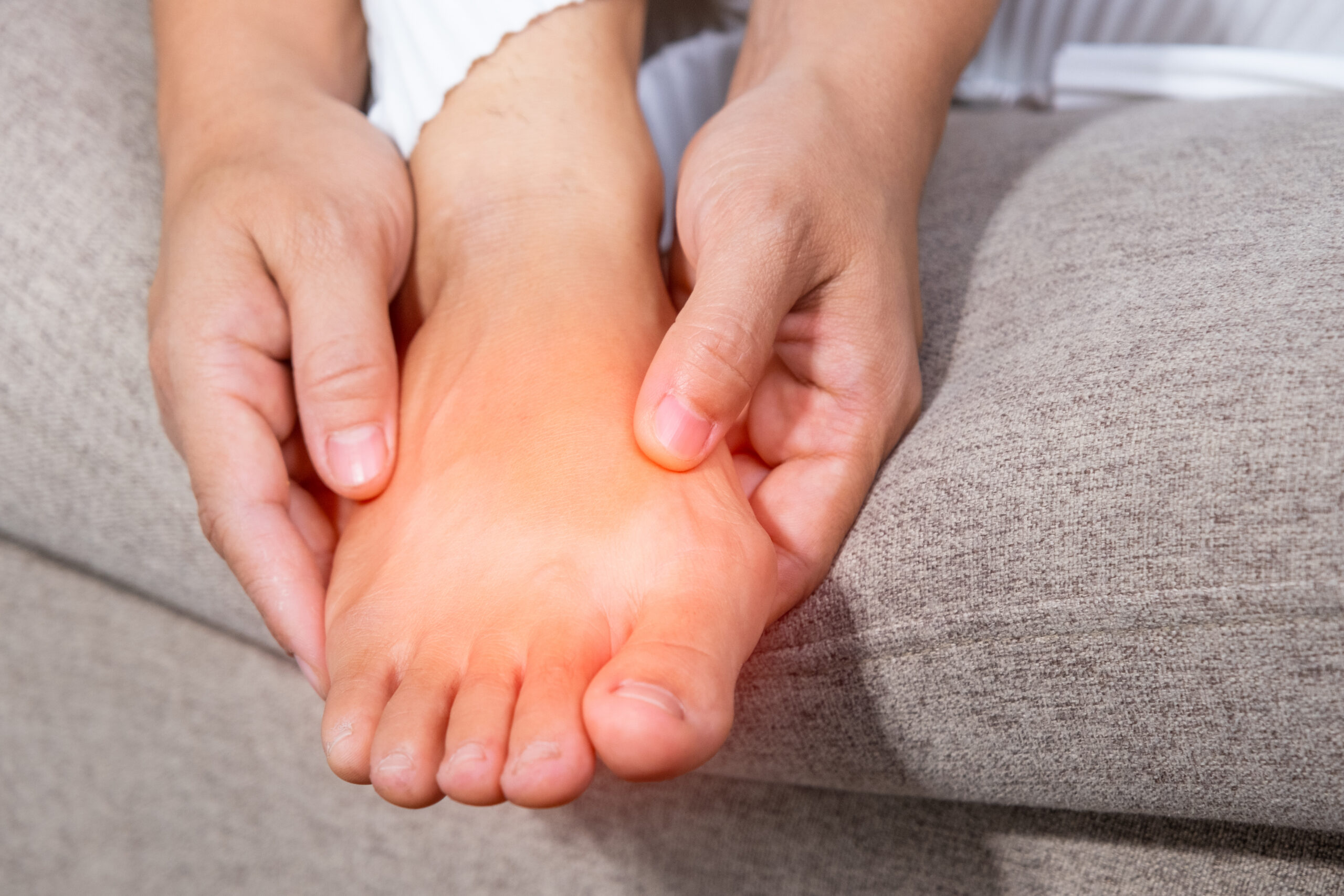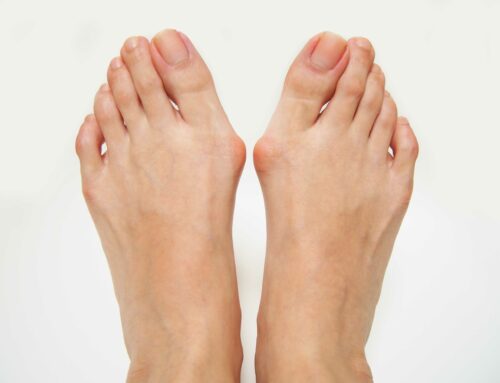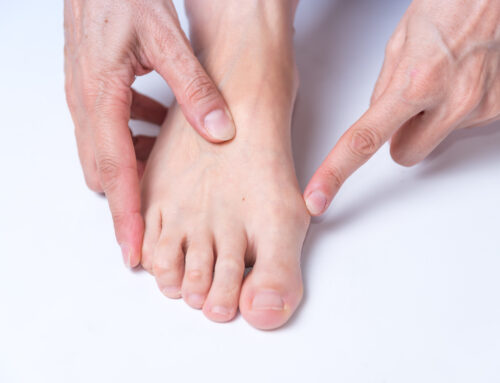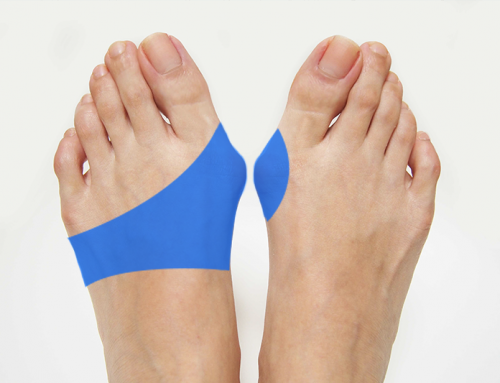At first, you may not have noticed the bunion slowly forming at the joint of your big toe. Now that it’s been a few years, you’re experiencing some painful effects from it. While your bunion is a nuisance, it raises the question, when should you get bunion surgery?
Many people put off getting bunion surgery until they absolutely have to. Sometimes, this could be too late and cause complications. Other times, people are too quick to have bunion surgery, and it grows back over time.
So, when should you get bunion surgery done?
By the end of this article, you will know the five signs that you should schedule your minimally invasive bunion removal procedure with The Bunion Cure and be rid of it once and for all.
What is a Bunion?
A bunion is a growth on the joint located at the side of your big toe. When your big toe forms a curvature that changes the alignment of the joint, the bunion will form and grow until it is treated and removed.
A bunion may be caused by foot injury or trauma, birth defects, rheumatoid arthritis, wearing ill-fitting shoes and high heels, or hereditary genes.
Fortunately, there are solutions for easily removing bunions with minimally invasive surgery.
Signs It’s Time to Schedule Bunion Removal Surgery
You don’t want to wait too long to have bunion surgery, even if you think you can withstand the pain it causes.
1. You Can’t Participate in Normal Activities Without Intense Pain
If you experience intense pain from your bunion when walking, putting on shoes, or doing other daily tasks, then it could be a sign that it’s time to have bunion surgery.
While you may have lived with some discomfort from your bunion for a few years now, the pain has gotten too intense to handle and keep living with.
If your bunion is getting too big to fit into your normal shoes, then it is also a sign that you should get bunion surgery.
2. You’ve Exhausted All Non-Surgical Options
Before you get bunion surgery, there are non-surgical options that can treat the pain and slow the growth of your bunion.
From bunion splints to taking oral pain medication to icing the bunion to using bunion pads to keep it from rubbing and forming a callus in your shoe, these treatment options are effective, but only for so long.
Once these treatments stop being effective or providing a sense of relief, you should get bunion surgery.
3. You Have Knee and Hip Pain
Having an untreated bunion can cause pain in other parts of your body, including your knees and hips. This is often due to the misalignment of the joints, as you tend to walk differently with a bunion to avoid painful rubbing.
4. Your Doctor Recommends It
When you see your doctor and explain the bunion pain and its additional side effects, they may recommend that you have bunion surgery. They can provide a better, more accurate timeline of when you should schedule it, depending on the severity.
As mentioned earlier, it is possible to get bunion surgery too early, resulting in it coming back over the years. Talk to your doctor about the right time to get bunion surgery.
5. You Just Can’t Take It Anymore
There is a psychological effect that comes with bunion pain. At one point, you will wake up and simply cannot take the pain and nuisance of the enlarged bump on the side of your toe.
When you cannot handle the issues it causes you, it’s a sign that you should get bunion surgery.
Minimally Invasive Bunion Surgery with The Bunion Cure
Many people with bunions put off the surgery because they hear stories of a long and intense recovery, and scheduling can be a hassle.
That all disappears when you choose to have your bunionectomy at The Bunion Cure!
Our minimally invasive surgical technique requires just 30 minutes, and we don’t use any local anesthesia, so you can drive yourself home right after.
Schedule your free consultation with our professional medical team to see how we can relieve your bunion pain today!
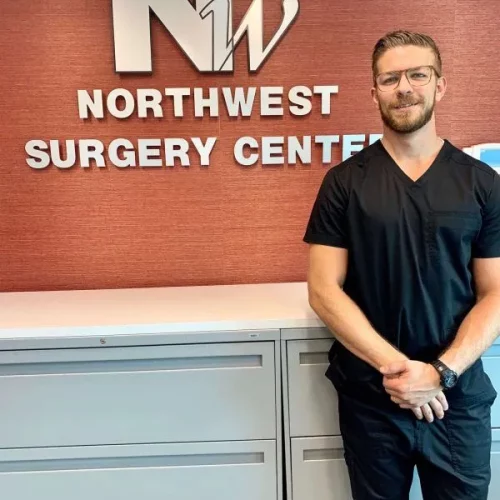
Reviewed By Dr. Sullivan
Dr. Jordan Sullivan, DPM, is a board-certified podiatrist at Northwest Surgery Center specializing in minimally invasive foot and ankle procedures. He’s passionate about helping patients get back on their feet faster with less downtime.
Learn more about Dr. Sullivan here.
